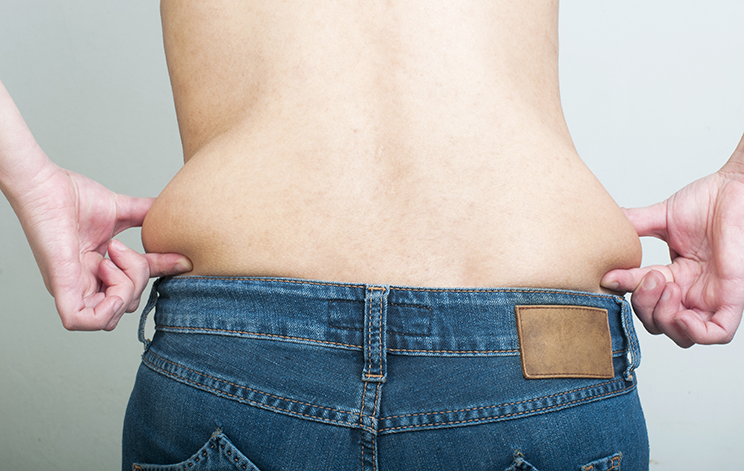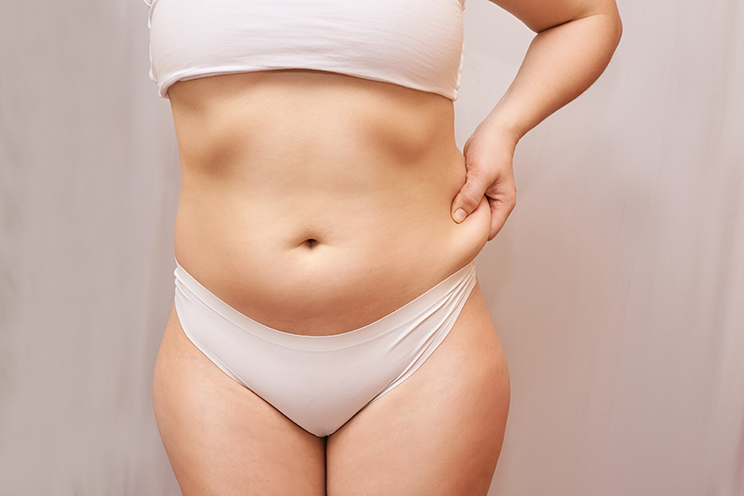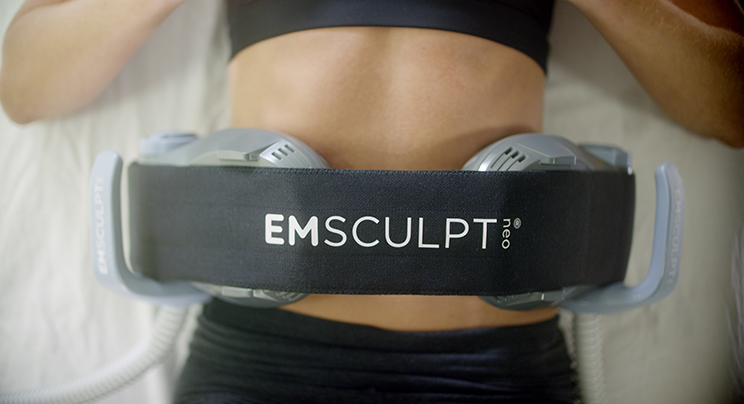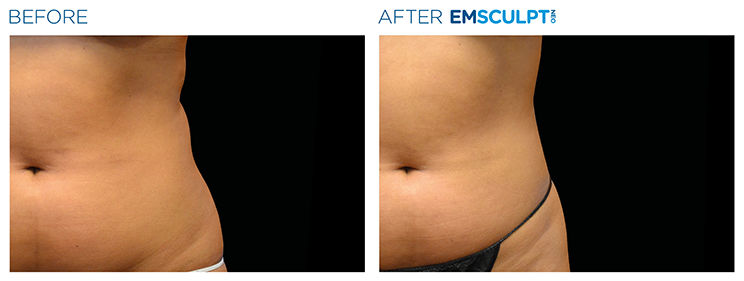Get rid of Love Handles

Love handles are a familiar issue for many, where excess fat accumulates around the waist and lower back. These fat deposits are especially noticeable on the sides and lower back when sitting or bending over, often causing discomfort, both physically and emotionally.
Love handles are not just a cosmetic concern, they can negatively impact self-esteem and body image and may also be linked to overall health risks. Excess fat, particularly around the midsection, can increase the risk of metabolic disorders such as insulin resistance and cardiovascular disease.
Many people struggle with love handles because, even with attention to diet and exercise, these areas are often among the last places where fat is lost. Eliminating love handles requires patience and typically a comprehensive approach. Since fat storage is often regionally specific, the development of love handles can also be influenced by genetics, hormonal factors, and metabolic function.
What Causes Love Handles?
Love handles can develop for many different reasons, and the exact cause can vary from person to person. However, the primary cause is an energy imbalance, meaning that excess calories are stored as fat in the body, particularly around the waist. High consumption of sugar and processed foods significantly contributes to this. When the body doesn’t burn the calories it consumes, the surplus is easily stored as fat, especially in the midsection.
Metabolism plays a key role in the development of love handles. As we age, our metabolism naturally slows down, meaning the body burns energy more slowly. If dietary habits aren’t adjusted to match this decreased energy requirement, fat accumulation is likely to occur.
Additionally, cortisol, commonly known as the stress hormone, has a direct impact on fat storage. Elevated cortisol levels can cause fat to accumulate specifically in the abdominal area, increasing the risk of developing love handles. Poor sleep and inadequate stress management can worsen this effect by raising cortisol levels and negatively affecting metabolism.
Genetics also play a significant role in determining where fat is stored in the body. Some people are naturally predisposed to store fat around the waist and lower back, making love handles a more likely issue for them. Genetic factors influence fat distribution, which is why for some individuals, love handles can be difficult to prevent or eliminate entirely. While a healthy diet and exercise can help reduce overall body fat, genetic predispositions may make it necessary to explore additional treatment options to fully address localized fat.

How to Recognize Love Handles?
Love handles can appear in different ways depending on how much fat accumulates and where it is stored in the body. They are often first noticed as small bulges on the sides of the waist and flanks. Many people particularly notice love handles when clothing, such as trousers or tops with waistbands, presses against the sides and lower back, causing the fat to protrude more visibly. As fat accumulates further, love handles may extend toward the lower back, sometimes referred to as back love handles.
The nature of love handles can also vary depending on how tightly the fat is stored. In some cases, fat around the flanks and back may feel soft and easily movable, while in others, it may feel firmer and more tightly attached.
In the early stages, love handles may respond more quickly to changes in diet and exercise. However, when the fat has been present for a longer period, it can become more stubborn, requiring more intensive treatment. Particularly when the fat is firmly attached to the tissues, medical or technological treatment options may be necessary to achieve visible results.

How to Get Rid of Love Handles?
- EMSCULPT NEO: This treatment combines two types of energy (HIFEM and radiofrequency) to simultaneously build muscle and burn fat, targeting the waistline and love handles.
- EXION Body: Uses focused ultrasound and monopolar radiofrequency to stimulate the production of hyaluronic acid, collagen, and elastin. The heat applied to fat tissue triggers fat cell apoptosis, reducing fat deposits in stubborn areas such as love handles.
- EMTONE: Breaks down fat, improves circulation, and tightens the tissue, reducing love handles and enhancing body contour.
- Cryolipolysis (Fat Freezing): A non-surgical treatment that uses cold exposure to reduce fat cells, particularly effective for hard-to-reach areas like love handles.
- Yoga and Pilates: These practices strengthen core muscles and improve body control, which can help reduce the appearance of love handles.
- Diet Adjustment: Reducing sugar and saturated fats while increasing fiber- and protein-rich foods helps the body burn fat stores more efficiently.
- Comprehensive Exercise: High-intensity interval training (HIIT) is effective in burning fat, including from the love handle area. Targeted movements like side bends and twists further strengthen core muscles and reduce fat in this region.

Combination Treatments
- EMSCULPT™ NEO + EXION Body: The combination treatment is the best way to achieve results! EMSCULPT™ NEO helps build muscle, burn fat, and tone the body, while EXION™ Body smooths cellulite, eliminates localized fat deposits, and stimulates the production of hyaluronic acid, collagen, and elastin.
With these procedures, it is possible to get rid of love handles, but achieving results often requires patience.
MESQ®
DoctusPlus Oy:n aputoiminimi
Yritys
DoctusPlus Oy
Y-tunnus
3154088-6
Käyntiosoite
Itämerenkatu 11-13 F, 00180 Helsinki
Puhelin
Sähköposti
Aukioloajat
Ma – Pe 11:00 – 19:00